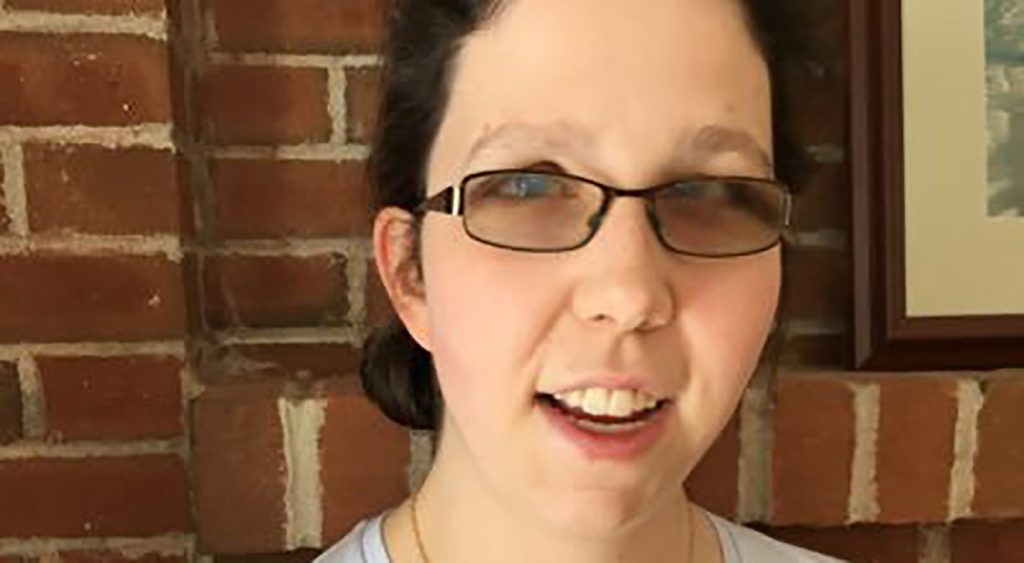Members of BC Law’s Space Law Society were treated to an out-of-this-world talk on February 28 by Jameyanne Fuller, an attorney advisor with the FCC’s Satellite Division.
The FCC’s Satellite Division is responsible for the licensing of all commercial satellites in the United States. Anytime a telephone or cable company wants to launch a new spacecraft to bounce radio waves off of, they must seek licensure with the FCC to make sure that the various private users of the electromagnetic spectrum do not interfere with one another.
Fuller discussed the challenge of orbital debris. As more and more satellites are launched, the amount of “space junk” stuck in orbit presents a growing problem: how to ensure that new satellites do not come into contact with old, obsolete debris and create a never-ending cascade of collisions and destruction in the exosphere?
This occurrence, the so-called Kessler Syndrome, presents an ongoing challenge for commercial satellite operators, according to Fuller. The the sci-fi thriller Gravity, in which a pair of American astronauts are caught helplessly in a long chain of domino-like crashes, provides an example of the phenomenon, albeit one based on a bit of “Hollywood science.” But Fuller was deadly serious: “I hope that this [Kessler Syndrome] never occurs, but some scientists believe we are already in the opening stages of this event.” Hence the importance of the FCC in preventing—or, at least, mitigating—such a disaster.
Fuller encouraged any student with a passion for space and administrative law to seek out internships or attorney honors programs with the FCC, but also pointed to similar opportunities with NASA, the National Oceanic and Atmospheric Administration (NOAA), and the Federal Aviation Administration (FAA). The field is rapidly growing as commercial space travel takes off; companies like SpaceX are paving the way, and launching thousands of new satellites in the coming years.
Fuller’s message was clear. These “megaconstellations” will require a veritable army of attorneys to sift through new regulation and applications, weighing business decisions with environmental concerns like light pollution and theoretical interplanetary contamination.


